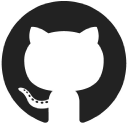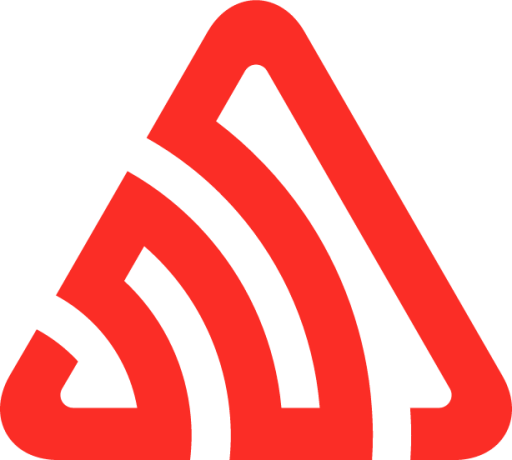How We Created Our $200K/Month iPad and Mac Apps And Tools For Creatives
Hello! Who are you and what business did you start?
My name is Matt Ronge and I’m Cofounder and CEO at Astropad. At Astropad, we make software and hardware tools for creative people. Our two main products are Astropad Studio and Luna Display.
Astropad Studio is an app that mirrors your Mac on to your iPad, turning it into a high-end drawing tablet. We’re incredibly proud that Astropad Studio is used by tens of thousands of creative professionals and companies like Pixar, DC Comics, Disney, Nintendo, Twitter, and even Star Wars!
Our second product, Luna Display is a small hardware dongle that turns the iPad or another Mac into a wireless second display. You plug the Luna device into your Mac and then install the app on the device you’d like to use as your 2nd monitor, and you’re all set!
My cofounder Giovanni Donelli and I started the company in 2013 and through bootstrapping we’ve grown the team to 16 people across 5 countries. Our first year selling products was 2015 where we made $500,000 and we’ve grown that to $3.4 million in revenue last...

Download the report and join our email newsletter packed with business ideas and money-making opportunities, backed by real-life case studies.

Download the report and join our email newsletter packed with business ideas and money-making opportunities, backed by real-life case studies.

Download the report and join our email newsletter packed with business ideas and money-making opportunities, backed by real-life case studies.

Download the report and join our email newsletter packed with business ideas and money-making opportunities, backed by real-life case studies.

Download the report and join our email newsletter packed with business ideas and money-making opportunities, backed by real-life case studies.

Download the report and join our email newsletter packed with business ideas and money-making opportunities, backed by real-life case studies.

Download the report and join our email newsletter packed with business ideas and money-making opportunities, backed by real-life case studies.

Download the report and join our email newsletter packed with business ideas and money-making opportunities, backed by real-life case studies.



























